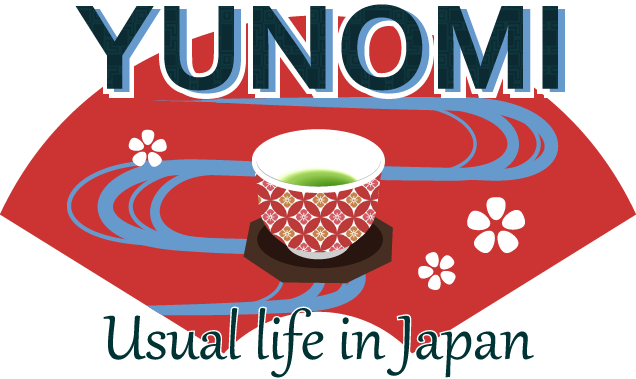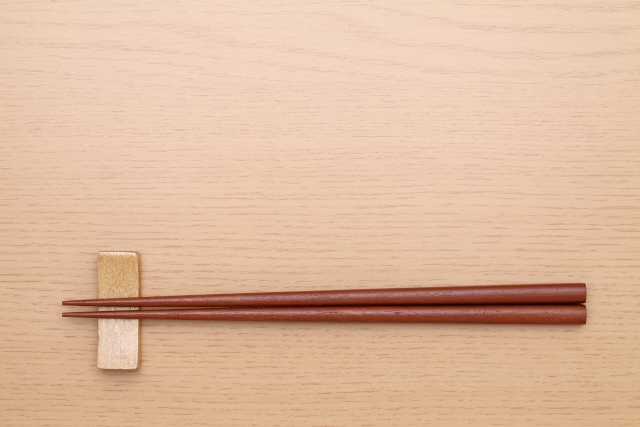Hashi, or Japanese chopsticks, are more than eating utensils — they are cultural objects used from a baby’s first ceremonial meal to New Year’s rituals shared with the gods.
Understanding how chopsticks are used in daily life, how they differ from other Asian styles, and why they appear in important milestones reveals deeper Japanese values such as purity, gratitude, and the quiet connection between humans and the divine.
This guide explains their meaning, etiquette, and cultural significance.
What Are Hashi?

Hashi are the traditional chopsticks used in Japan, made from wood or bamboo and designed for precise, delicate movement.
More than tools for eating, they reflect centuries of cultural practice and craftsmanship.
The Cultural Meaning of Hashi in Japan
In Japan, chopsticks appear at nearly every major milestone in life — from birth ceremonies to funerals. This reflects the belief that chopsticks connect the physical world with the spiritual one.
1. The First Chopsticks of Life: Okuizome
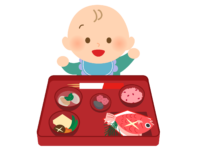
On a baby’s 100th day, families celebrate okuizome, the “first meal ceremony.” Symbolically, the baby “meets” chopsticks for the first time, wishing for a lifetime without hunger.
2. Chopsticks for Marriage and Good Fortune
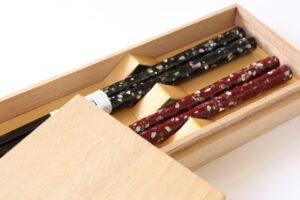
Ceremonial chopsticks such as enmusubi-bashi (matchmaking chopsticks) or meoto-bashi (husband-and-wife chopsticks) are used to celebrate weddings and happy unions.
3. Chopsticks in Funeral Rituals: The Bone-Picking Ceremony

After cremation, Japanese families perform a ritual called kotsuage, in which relatives use special chopsticks to pick up the remaining bones of the deceased from the ashes and place them into an urn.
Two people hold the same bone with chopsticks at the same time — a gesture symbolizing unity, respect, and the family’s final act of care for their loved one.
This practice is the origin of two major chopstick taboos in Japan: never pass food from chopstick to chopstick and never stick chopsticks upright in a bowl of rice, because both resemble funeral rituals.
New Year’s Chopsticks: Eating Together with the Gods

During the Japanese New Year, families use yanagi-bashi — ceremonial chopsticks made of willow wood. They are double-ended: one side for humans, the other for the kami (deities). This expresses the Shinto belief of sharing meals between people and gods.
How Japanese Chopsticks Differ from Chinese and Korean Styles
Although many Asian countries use chopsticks, each culture has distinct types and customs:
Japanese Chopsticks
- Shorter and more tapered for delicate handling
- Made mainly of wood or bamboo
- Used without spoons — rice bowls are lifted when eating
- Separate tori-bashi (serving chopsticks) are preferred for shared dishes
Chinese Chopsticks

- Longer and often thicker, designed for large dishes and communal eating
- Commonly made of wood or melamine
- Rice and soups are often eaten with a spoon
- Jika-bashi (using your own chopsticks to take shared food) is common
Korean Chopsticks
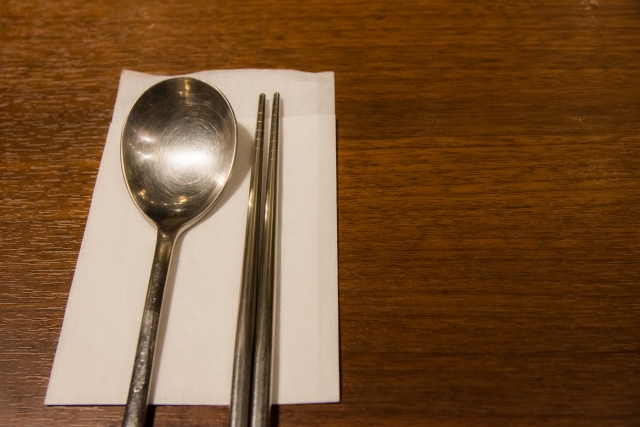
- Made of metal such as stainless steel
- Used with a spoon; the spoon is for rice
- Jika-bashi is acceptable
- Chopsticks are flat, making them distinct in feel
Five Key Chopstick Manners to Know

Japan has many chopstick rules, but visitors only need a few essentials:
- Do not stick chopsticks upright in rice — this is only for funerals.
- Do not pass food from chopstick to chopstick — also related to funeral rituals.
- Do not point with chopsticks — considered rude.
- Do not stir or play with food — shows disrespect to the cook.
- Use serving chopsticks when sharing dishes.
More detailed etiquette is covered here:
Chopstick Etiquette: 13 Common Taboos Adults Should Avoid
Waribashi (Disposable Chopsticks) and Sustainability

Disposable wooden chopsticks, called waribashi, are commonly offered in restaurants. Although people worry about deforestation, most waribashi are actually made from thinned wood — part of forest-maintenance practices that help preserve healthy forests.
A common custom was to break disposable chopsticks after use so that any “lingering spirit” would not remain, reflecting the traditional belief that objects used daily could hold a fragment of one’s spirit.
FAQ

Why do Japanese people lift the rice bowl while eating?
Because Japanese chopsticks are designed for precise, close handling, lifting the bowl makes eating easier and prevents spills.
Why are metal chopsticks not common in Japan?
Wood and bamboo are preferred for their lightness and tactile feel, which suit Japanese cuisine.
Why is sticking chopsticks upright in rice taboo?
It resembles a funeral offering and is considered inappropriate at the table.
Do Japanese people have their own personal chopsticks?
Yes. Many families use personal chopsticks at home and replace them periodically.
What are meoto-bashi?
They are “husband-and-wife” chopsticks given at weddings to symbolize unity and harmony.
Conclusion
Hashi are not just tools for eating — they are woven into Japanese life, rituals, and hospitality.
From daily meals to ceremonial events, chopsticks reflect the values of respect, purity, and connection that shape Japanese culture.
